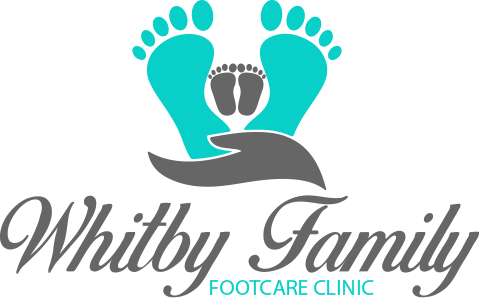If you have flat feet (pes planus) it does not mean you will have problems or pain. Flat feet are a common condition. Flat feet are defined as an abnormal lowering of the medial longitudinal arch. There is often a hereditary component to the development of flat feet. Flat feet are more common in certain ethnic groups. Flat feet usually occurs equally in both feet and become apparent at an early age. Flat feet can initially be asymptomatic, but can become progressively symptomatic with age. Some flat feet never become bothersome.
The medial arch is unstable in flexible flatfoot. The foot can bend as the heel lifts off the ground. This creates stress and strain on the surrounding soft-tissues and joints creating tired, sore arches. The instability of the foot can create abnormal stress that flows up the leg which results in pain in the legs, knees, hips and lower back.
Symptoms
- Pain and stiffness of the medial arch or anywhere along the mid-portion of the foot
- Associated discomfort within and near the ankle joint
- The knees, hips, and lower back may be the primary source of discomfort
- Feet may often feel tired and achy
- Painful shin splints may develop with activity
- Gait may be awkward.
Causes
 Genetic predisposition
Genetic predisposition- Faulty foot mechanics, e.g. excessive pronation
- Abnormal bony architecture
- Laxity of ligaments
- Neuro-muscular disease
- Trauma to the leg muscles or major tendons
- Inflammatory diseases of the joints e.g. Rheumatoid arthritis
- Surgical procedures on the leg and ankle
- Limb length inequality
- Tight Achilles tendon
Treatment for Flatfeet
Foot orthotic devices can stabilize some of the causes of flat feet, optimize muscle function and reduce the occurrence of painful symptoms. Generally, a custom-made semi-rigid functional posted orthotic is effective for flat feet. These devices are prescribed based on a thorough biomechanical examination by a qualified chiropodist/podiatrist. Over-the-counter arch supports may be helpful for mild cases, but often prove ineffective to relieve symptoms associated with flatfoot.
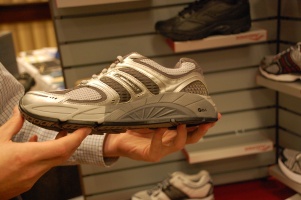 Wear shoes with a good fit in the arch
Wear shoes with a good fit in the arch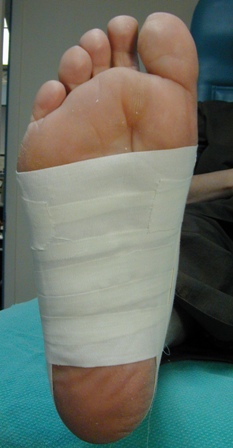
- Keep active and fit to strengthen leg and foot musculature
- Control body weight to decrease load on the feet
- Avoid prolonged periods weight bearing with bare feet
- Taping to support strained ligaments and joints
- Physical therapy modalities such as laser
- Referral for surgical correction a severe symptomatic flatfoot
Complications of flatfoot over time
- Severe heel pain from plantar fasciitis and Achilles tendonitis
- Chronic strain and pain in the arch and lateral side of the mid-foot
- Metatarsal stress fracture
- Early degenerative joint disease (osteoarthritis) of lower extremity joints
- Flatfeet are more prone to conditions such as bunions, hammer-toes, and Morton’s neuroma
- Painful corns and calluses
- Structural changes may create areas of abnormal pressure resulting in chronic ulcers of the foot
- Chronic foot pain may lead to inactivity and diminished well-being
Adult Acquired Flatfoot
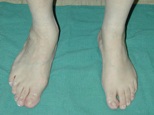
 Some people have always had flat feet from a young age. Unfortunately as people reach their fifties they will suddenly have one foot with a flatter arch than the other foot. This situation is termed adult acquired flatfoot. Adult acquired flatfoot is a painful condition occurring in one foot. The common patient profile is a female over the age of 50 with pre-existing flatfeet, high blood pressure, high cholesterol, diabetes and obesity. All of these underlying problems will lead to a weakening of the support structures of the arch. If you have adult acquired flat foot you will not be able to lift your heel off the ground while standing on one leg.
Some people have always had flat feet from a young age. Unfortunately as people reach their fifties they will suddenly have one foot with a flatter arch than the other foot. This situation is termed adult acquired flatfoot. Adult acquired flatfoot is a painful condition occurring in one foot. The common patient profile is a female over the age of 50 with pre-existing flatfeet, high blood pressure, high cholesterol, diabetes and obesity. All of these underlying problems will lead to a weakening of the support structures of the arch. If you have adult acquired flat foot you will not be able to lift your heel off the ground while standing on one leg.
Adult acquired flatfoot may develop due to trauma or degeneration of major tendons ankle & foot. Weakness or paralysis of leg muscles can also create a flatfoot deformity.
Adult acquired flat foot can be treated with:
1. physical therapies,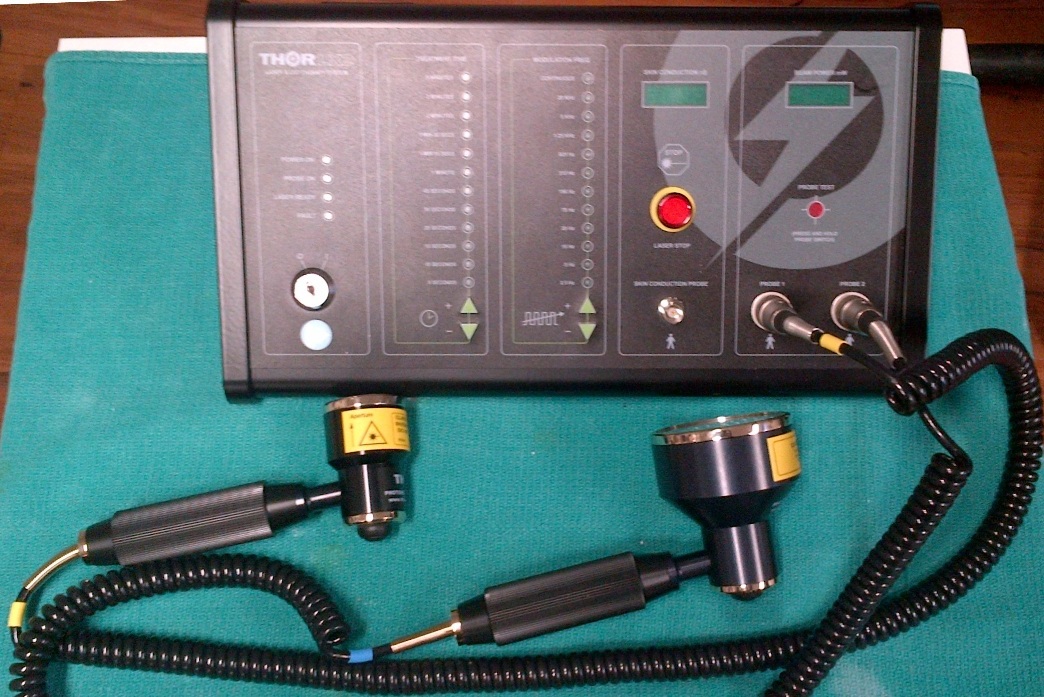

2. motion control running shoes or hiking boots,
3. custom foot orthoses, and
4. ankle foot orthoses.
